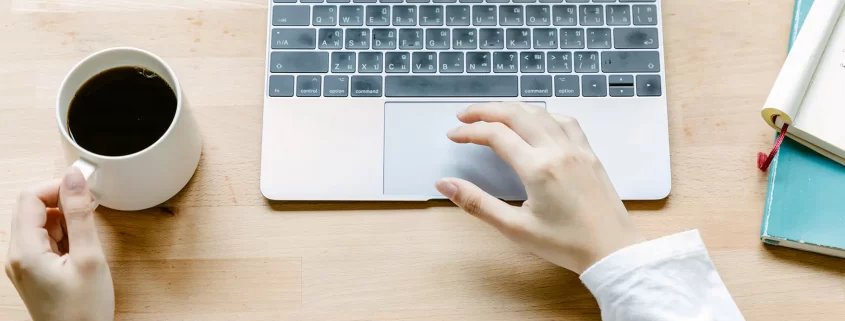Copyright Clearance in Self-Publishing
Self-publishing is a growing industry and an incredible opportunity for authors to get their message out without the interference of a publisher or publishing house. But self-publishing also comes with a number of legal dangers, including copyright infringement. If you are using images that you yourself did not create, whether photos or drawings, then this article is for you. Here are a couple tips on how to avoid copyright issues when publishing a book.
1. Fair use does not mean what you think it means.
A common response to these copyright concerns is to say that fair use will protect you in your use of images. If your book is educational in nature, fair use is especially tempting. But there are a few things you should keep in mind. The first is that fair use does not just mean what you think is fair. It is a complex legal doctrine that relies on four factors, and the way these factors are analyzed by courts is not always the way you might expect them to be. For example, the “educational” nature of a work is more complex than simply saying it teaches something. And even if you don’t expect your book to sell many copies, its commercial nature already puts judges in a skeptical position on a fair use claim.
A second thing to keep in mind is that fair use is a defense. That means it is only implicated when you are being sued. For most individuals being sued means you have already lost. The costs and stress of a lawsuit are enough to overwhelm most people and persuade them not to move forward. Such parties often settle or pay out the demands from someone who claims they were aggrieved in the copyright process. In short, do not simply rely on your understanding of the factors that you look up online in considering fair use. It is important to have a legal opinion before you rely on it in publishing photos.
2. There are more sources than ever for photos you can use.
Just as self-publishing has lowered the barrier to entry on publishing documents, there are more places than ever to obtain legitimate free photos to use without paying royalties or without fear of a lawsuit. Please note that Google is not one of these places. Rather, it is important to go through legitimate vendors who secure the rights to photos and can provide print licenses for their use. Of course, you can also obtain photos through other sources, such as through local artists or designers who can create work for you.
Conclusion
Publishing a book is an exciting opportunity, but it can come with legal dangers. Be sure to consult an intellectual property lawyer for sound opinions on what photos you can use and what ways to avoid potential legal trouble. At Cornerstone Law Firm our copyright attorneys can view manuscripts for you and give advice on civic photos and whether you can use them. Contact us today to set up a consultation.



